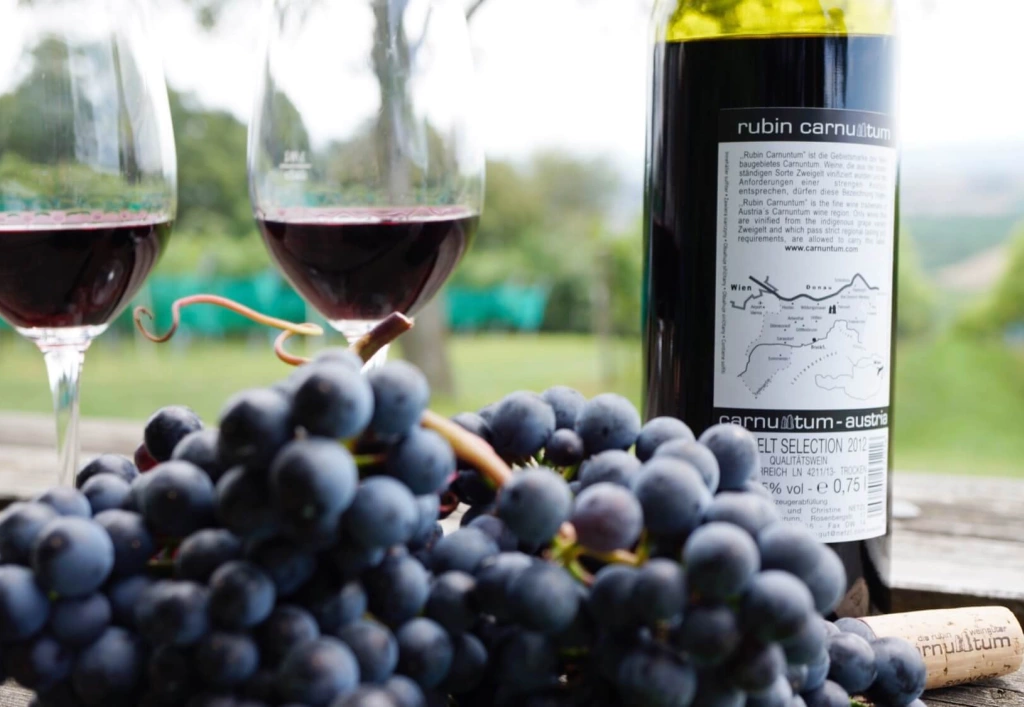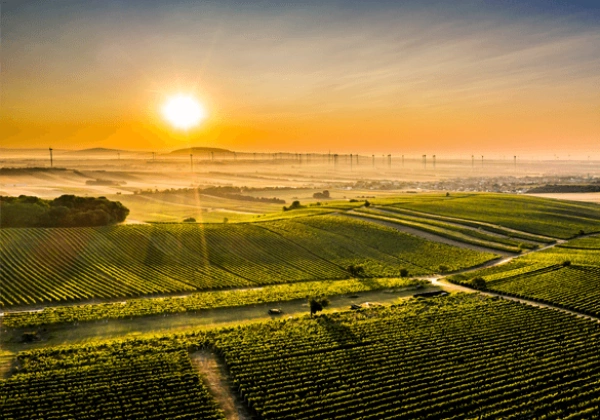Which vintages?
Since monovarietal Zweigelts have been bottled less frequently in the past, there are relatively few examples on hand that can effectively illustrate how the vintages develop. The oldest Zweigelts are currently around twenty years of age, and inspire participants at every tasting – not only the ‘great’ vintages, but also wines from years with cooler weather. According to the experience of the winegrowers, the following vintages are currently of great interest: 1999, 2000, 2004, 2009, 2010, 2011, 2013, 2015 and 2016.
Vintages with cooler weather conditions up to June, followed by a dry August and September are generally to be preferred, winegrowers believe. They describe the most important representatives from the recent decade:
2009: warm vintage, powerful wines
2011: very high physiologic maturity, rich and nicely rounded wines
2013: elegant, somewhat cooler; fresh, fruity wines
2015: optimal weather, black wines with marked depth of fruit
2017: very warm wines, rich in extract
2019: fully ripe, beautiful fruit, very warm, good acidic structure
In matters of food and wine pairing, Zweigelt is a great all-rounder. In the classic area, it goes beautifully with Italian standbys such as pasta and pizza – everything with tomatoes. Powerful Zweigelt goes well with dark meat or roasted flavours.
Recommended drinking temperature is a maximum 18°C; even better cooled down to 15°C.
In 2018, nine vineyards in Carnuntum were classified Erste Lage (1ÖTW) by the Österreichische Traditionweingüter. Some of them have established themselves as marvellous terroirs for monovarietal Zweigelt:







